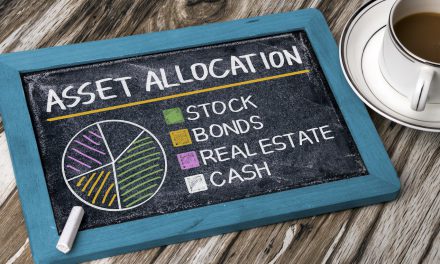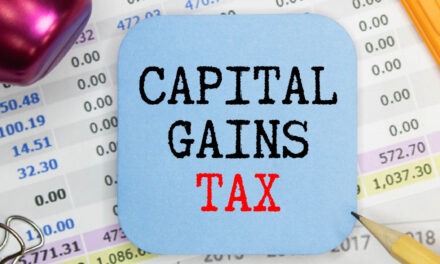
The Cash Trap
After over a decade of near-zero interest rates, today’s relatively high yields have sparked an investor rush into safe, short-term debt investments, like money market funds. This 18% rise in money market holdings in just one year illustrates the enthusiasm of investors for higher yields, as bonds have suddenly become an alternative to stocks. But it begs an important question … are investors pouring too much into cash?
To view the full article please register below:
The Cash Trap
After over a decade of near-zero interest rates, today’s relatively high yields have sparked an investor rush into safe, short-term debt investments, like money market funds.
According to the St. Louis Fed, assets in money market funds jumped from $5.0 trillion at the end of the second quarter of 2022 to $5.9 trillion at the end of the second quarter 2023.1
This 18% rise in money market holdings in just one year illustrates the enthusiasm of investors for higher yields, as bonds have suddenly become an alternative to stocks. But it begs an important question … are investors pouring too much into cash?
Cash Has Its Advantages
Now that interest rates have normalized, the advantages of holding cash are being rediscovered. Among the reasons to hold cash are:
- Short-term debt instruments—like money market funds or CDs—don’t decrease in value, making it an ideal part of any portfolio during any down market.
- Cash is ideal for emergency savings and other, expected short-term spending (e.g., paying for a wedding or a home down payment).
- It can act as “dry powder” to use when markets present attractive price points for entering a long-term investment.
All good things can be overdone, however.
The Risks of Holding Too Much Cash
The appropriate level of cash is unique to each individual’s circumstances and needs. However, when too much cash is held for too extended of a period, cash presents its own set of risks, including:
- Reinvestment Risk—While today’s high short-term rates are quite rewarding, if and when the Fed signals that it is done raising rates, bond yields may fall, leaving investors facing reinvesting cash in a lower-yield environment.
- Opportunity Cost—Investors run the risk of losing out on long-term growth of capital, as stocks rise in anticipation of future lower rates. A good example of this was the flight to safety in 2008-2009, in which many investors took shelter in cash and either missed entirely or were very late to the bull market that followed.
- Inflation Risk—Currently, short-term yields provide a nice premium to inflation, but over the long-term, cash has not historically protected against the loss of purchasing power that arises from inflation.
So, what’s an investor to do? Investors need to remain disciplined to their long-term investment strategy above all else. That, of course, does not mean remaining oblivious to structural shifts in the market. Having a conversation with a financial professional about the appropriate level of cash in today’s environment, given unique needs, is a great way to avoid the cash trap.
Source:
Please reference disclosures at: https://blog.americanportfolios.com/disclosures/












